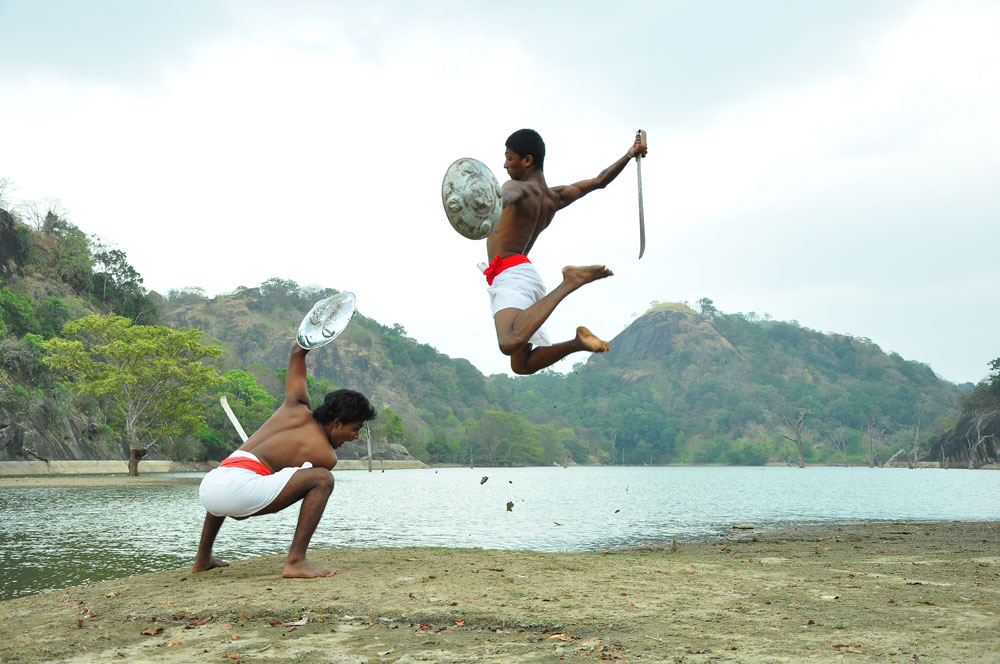A Short History of the Sword

The sword was the first tool made solely to kill. Other early weapons of war – bows, axes, spears – had uses outside battle but the sword was made for one reason only: to leave an enemy dead on the ground.
The first swords were made of bronze and their origin is obscure. As first essays in the craft of swordmaking, some of these original swords have unusual designs, such as the sickle-shaped khopesh buried with the pharaoh Tutankhamun. But, despite the khopesh being buried with the boy pharaoh in 1327 BC, by then, swords were already old.
Swords were first produced as status items around the Mediterranean basin, from around 3000 BC, once the alloying of bronze allowed for the creation of blades. To start with they were extraordinarily rare, highly prized and a sign of immense wealth. But as bronze technology spread, blades became more common and armies, such as that of the Minoans, were soon well enough armed to carve out an empire with these short, bronze blades.
But the arrival of iron and steel brought a revolution. Iron is strong, durable and readily available, unlike bronze (which needed tin – a relatively rare metal). Once the Hittites had demonstrated iron’s utility when carving out their empire from 1600 BC, the general adoption of iron weapons became inevitable.
In the first millennium BC, the Etruscans began to alloy iron and steel to gain better tensile strength. They made blades that had good edge strength while being flexible enough to absorb shock during combat.
The Romans used and developed Etruscan technology, combining it with carburisation (combining iron or steel with carbon to make it harder), case hardening (hard on the outside, soft within) and plain steel blades. Armed with the gladius, the short, stabbing weapon of the legionary, the Roman war machine carved out an empire. However, it was the spatha, the longer sword of the Roman cavalry, that outlived the empire. The spatha was often employed by the barbarians serving as Roman auxiliaries and, after the western Empire fell, the spatha gave rise to the Anglo-Saxon and Viking blades that are the pinnacle of western sword making.
However, the massed Viking armies of the tenth and eleventh centuries led to homogenised weapons and quality gave way to quantity. In the following centuries, the sword evolved to fit the particular fighting styles of the era.
0 Comments